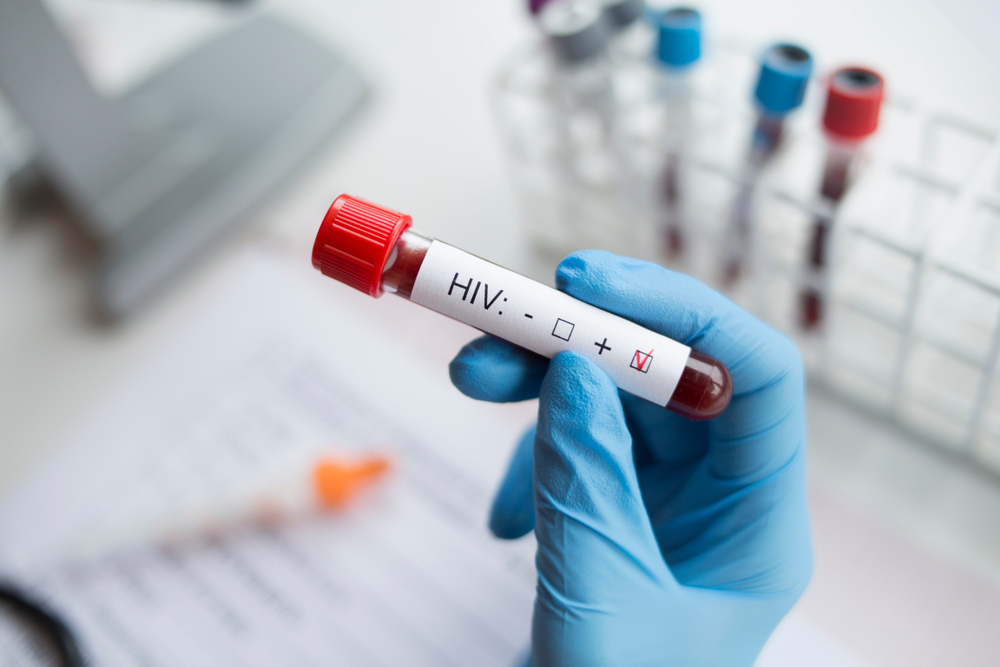The workplace is an environment filled with potential hazards that can cause serious health risks. From hazardous materials to airborne particles, one of the most pressing concerns is bloodborne pathogens.
This article serves as a comprehensive guide on how employers and employees alike can take steps to ensure workplace wellness when it comes to these dangerous pathogens. With information about safety protocols, preventive measures, and best practices for dealing with contamination, this guide provides essential knowledge for anyone working in an environment where bloodborne pathogens are present.
Understanding the Risk of Exposure to Bloodborne Pathogens
Understanding the Risk of Exposure to Bloodborne Pathogens in the Workplace is a critical component of workplace wellness. Employers and employees alike need to understand how bloodborne pathogens are transmitted, what safety measures must be taken, and which occupations have an increased risk of exposure.
In some workplaces, such as medical facilities or universities researching infectious diseases, there may be government regulations requiring additional safety protocols beyond standard industry requirements. Even in non-regulated environments, all personnel must receive training on proper handling techniques and potential risks associated with contact with bodily fluids containing viruses or bacteria.
Knowing these guidelines can help protect both employees and customers from unnecessary harm caused by improper handling of potentially hazardous materials.
Developing a Comprehensive Safety Plan for Your Workplace

The development of a comprehensive safety plan for your workplace is essential to ensure the health and well-being of all employees. This guide will provide an overview of bloodborne pathogens, how they can affect workers, and what steps can be taken to create a safe environment.
Employers should begin by educating their staff about the dangers associated with bloodborne pathogens, such as hepatitis B, HIV/AIDS, or other serious infectious diseases. Employees should be informed on proper hygiene practices when handling bodily fluids and instructed on the use of protective gear in areas where there may be contact with these materials.
Employers must also develop policies regarding work-related exposures that each employee needs to follow should an incident occur. Furthermore, employers must complete a risk assessment to determine which areas within the workspace are most at risk from potential exposure and take appropriate measures to protect workers in those locations.
These could include installing ventilation systems or using special cleaning products designed specifically for dealing with biohazards safely. Additionally, employers need to implement effective waste disposal protocols that ensure any contaminated equipment is disposed of properly following medical waste regulations set by state governments or local authorities.
Finally, employers need to document all activities related to developing a comprehensive safety plan for their workplace so they have proof if ever needed down the line as well as staying up-to-date on any changes in relevant laws or regulations that could impact their business operations going forward. By taking these proactive steps now companies can protect both themselves – legally speaking – as well as provide peace of mind among their workforce knowing that everything possible is being done towards maintaining a healthy work environment for everyone involved!
Training Employees on How to Protect Themselves from Infection
Employers should take steps to ensure that their employees are properly trained on how to protect themselves from infection. Training can range from learning basic hygiene practices, such as washing hands with soap and water for at least 20 seconds or using an alcohol-based hand sanitizer, to more detailed instruction about the proper use of protective equipment when working with potentially infectious materials.
Employers should also provide information about avoiding contact with blood and other body fluids, reducing exposure by limiting access to areas where there is a risk of contamination and recognizing the signs and symptoms of common infections. Additionally, employers must establish protocols for reporting exposures or suspected exposures immediately so that appropriate medical care can be provided promptly.
By providing comprehensive training on how best to protect against infection in the workplace, employers help keep their workers safe while promoting overall workplace wellness.
Implementing and Maintaining Effective Sanitation Practices in the Workplace

Implementing and maintaining effective sanitation practices in the workplace is essential to preventing the spread of bloodborne pathogens. Employers must ensure that their staff have access to appropriate supplies, including hand-washing stations, sanitizing wipes, gloves, face masks, and personal protective equipment (PPE). To promote safe hygiene habits among employees, employers should provide periodic training sessions on proper hand-washing techniques and other safety protocols.
Additionally, employers should establish a cleaning schedule for commonly used areas such as kitchens or break rooms. Regularly disinfecting surfaces with EPA-approved cleaners can help keep workers healthy by reducing the transmission of germs and bacteria in shared spaces.
Employees should also be encouraged to practice social distancing when possible. Lastly, all employees should receive annual education about bloodborne pathogens so they are aware of potential dangers in the workplace environment.
By taking these steps to implement effective sanitation practices at workplaces across industries, employers can create a healthier environment while protecting their workers from infectious diseases like COVID-19.
Promoting Employee Wellbeing with Healthy Worksite Programs
Employers looking to promote employee well-being should consider implementing healthy worksite programs. Such initiatives can help reduce a business’s risk of bloodborne pathogen exposure, as well as many other hazards that employees may face in the workplace.
Research has shown that these programs have been successful in reducing sickness and absenteeism among workers, resulting in increased productivity and morale. Healthy worksite programs typically include efforts to improve safety on the job, such as providing protective clothing, regular safety training sessions for staff members, proper waste disposal procedures, and more.
Additionally, employers may choose to implement wellness checks or health screenings to ensure that their employees are not exposed to any potential risks while at work. Finally, employers should also consider offering incentives like discounts on gym memberships or free healthy snacks for their employees; this shows them they care about their well-being and encourages healthier living habits amongst staff members.
By introducing initiatives such as these into the workplace environment, businesses can go a long way towards promoting better employee health practices overall – leading to fewer cases of bloodborne pathogens being spread onsite.
Conclusion

The workplace is a potential source of exposure to bloodborne pathogens, and employers must provide a healthy and safe work environment. The importance of understanding the risks associated with exposure cannot be overstated.
Employers must take steps to reduce the risk by providing employees with safety training, engineering controls, personal protective equipment, and other methods for preventing exposure. Companies should also make sure that their employees are aware of any applicable laws related to occupational health and safety standards.
To ensure that your organization meets all regulatory standards for employee protection against bloodborne pathogen transmission, consider enrolling in the CPR Certification Nows Bloodborne Pathogens Certification course (https://cprcertificationnow.com/products/bloodborne-pathogens-certification) today!
